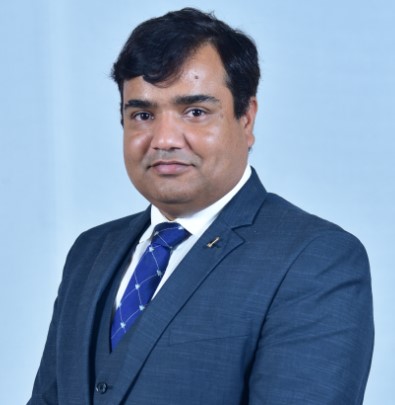How to improve small business and its very small success rate
by Anup Singh
Aug 16, 2013
3 min
Financial inclusion happens when banking services are available to the poor and the small business enterprise. How can banks and MFIs find a middle ground to serve the MSMEs?
MSME is a term which covers a very wide range of businesses—from micro, the first ‘M’, to medium, the second ‘M’, with S(mall) in the middle. They share two things in common in developing markets:
- The first is the essential role they play in terms of local employment (up to 45%) and contribution to both Gross Domestic Product and Gross National Product. (“D” is location of production; “N” is ownership. MSMEs can account for up to two-thirds of GDP/GNP in some of the emerging countries.) Strong MSMEs mean a growing economy and more jobs.
- The second is a dearth of readily available and affordable financing. In some areas, almost two-thirds of all such enterprises lack sufficient capital and access to finance, according to an IFC-McKinsey report.
The middle is always easy to overlook. Multinationals and established businesses seeking to enter emerging markets have no difficulty obtaining favourable loans, tax holidays, and beneficial foreign-exchange agreements. Most readers of this blog are also well aware of the micro-credit and funding options available to capable low-income individuals who hope to establish tiny enterprises and the success stories that require more capital to expand and diversify. This takes them into the MSME domain, which is also referred to as the missing-middle because financial products and delivery channels have not evolved for this segment.
MSMEs with less impressive balance sheets still need capital to survive. These are not an unlucky few; they comprise an estimated 365-445 million units (considering the informal enterprises, the numbers increase substantially to 900-950 million), and up to 60% of local businesses in Southeast Asia and Sub-Saharan Africa. The total unmet need for small-business credit in the formal and informal, emerging market sectors ranges from $2.1-2.5 trillion, according to a recent McKinsey report, “Two trillion and counting”.
This is a lot of money, in fact approximately the same amount the UN estimates global natural disasters have cost governments, banks, insurance companies, and individuals since 2000. The reason governments and insurance/re-insurance providers in particular might want to note the correlation is that less developed countries are invariably the most vulnerable to drought, famine, floods, earthquakes, and other disasters that will only increase with climate change.
Successful small businesses help ravaged landscapes recover more quickly and effectively. And in the aftermath of the global financial crisis, which many of the weaker emerging markets are still struggling with, the role of small businesses becomes even more important to the local economy and job creation. If two-thirds of MSMEs are already strapped for cash, however, reconstruction in both scenarios will take a lot longer and the poorest segments of the population will suffer even more.
Both banks and MFIs are coming to understand that strong MSMEs are in fact essential to economic growth and stability. Nevertheless, the key question that remains for both is, what’s necessary and how difficult is it for banks to downscale and MFIs to upscale to serve MSME segments?
Issues they must both address are:
- MFIs have traditionally served the low-income customers under the group-lending model. This model fails to address the credit needs of MSMEs.
- Microfinance institutions have also had their fair share of bad publicity and problems with individual loans in recent years. Trust may be an issue for some MSME clients. (For in-depth analysis on this topic, please see MicroSave’s research papers and related materials).
- Banks, in turn, rely on collateral for their lending model. Most perceive MSMEs with no/low attachable assets as too high a credit risk.
- To change, and to support MSMEs, banks will need new credit assessment and risk methodologies, new training for their staff, new marketing, and better “last mile” connections and availability for remote MSME customers.
Neither banks nor MFIs are known for their nimble ability to adapt and change. It will take time for MFIs to expand both their credit assessment and their credit offerings to better fit small enterprises. Banks will need to rethink how loans to micro and small businesses can work without hard collateral guarantees and in remote areas their branches do not usually serve.
The rewards will still outweigh the risks in most cases. Financial inclusion does not just mean more individuals with more active bank accounts. It means a flourishing economy with formal banking and loan services for even the very poor and the very small business enterprise.
Written by

 by
by  Aug 16, 2013
Aug 16, 2013 3 min
3 min
Leave comments